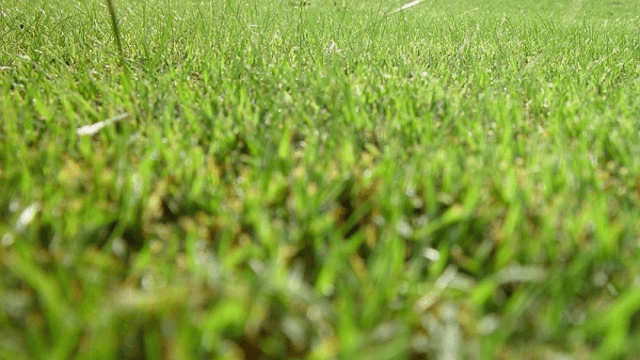Lawn and the Environment
Sat Feb 14 2015 | off-topic | sod

Sod: The most people-friendly part of any landscape is also one of the most environmentally friendly. Natural sod lawns benefit the environment in the following ways:
Air Purification: All plants convert carbon dioxide to oxygen through photosynthesis. The rate of conversion is a function of leaf surface and growth rate. Lawn grasses have far higher leaf densities and growth rates than California native plant alternatives. For example, 2,500 square feet of lawn absorbs carbon dioxide from the atmosphere and releases enough oxygen for a family of four to breathe. Turfgrass also absorbs particulates and some of the worst atmospheric pollutants from the air such as sulfur dioxide, ozone, hydrogen fluoride, and peroxyacetal nitrate.
Water Purification and Conservation: Turfgrasses have an extremely dense root system that is very effective in purifying runoff water as it leaches into underground aquifers. Turf roots act as a filter and in combination with soil biology make lawns a near ideal medium for the biodegradation of all sorts of environmental contamination.
Natures’s Air Conditioner: On a hot summer day, lawns will be 30 degrees cooler than asphalt, 14 degrees cooler than bare soil and significantly cooler than artificial turf. The average front lawn has the cooling effect of about 9 tons of air conditioning, (a typical home-sized unit has a 3-4 ton capacity). The cooling effect of plants is a function of their transpiration rates. Turf has a high transpiration rate, thereby providing substantial cooling. Native California plants have a minimal cooling effect. Aside from creating a more comfortable outdoor setting, turf reduces energy demand.
Other Benefits: Natural turf provides a safe, sanitary, self-renewing surface, while artificial turf may harbor harmful bacteria, retain dust and pollutants, and increase sports injuries. Also, healthy turf will not sustain fire, as will woody native shrubs.